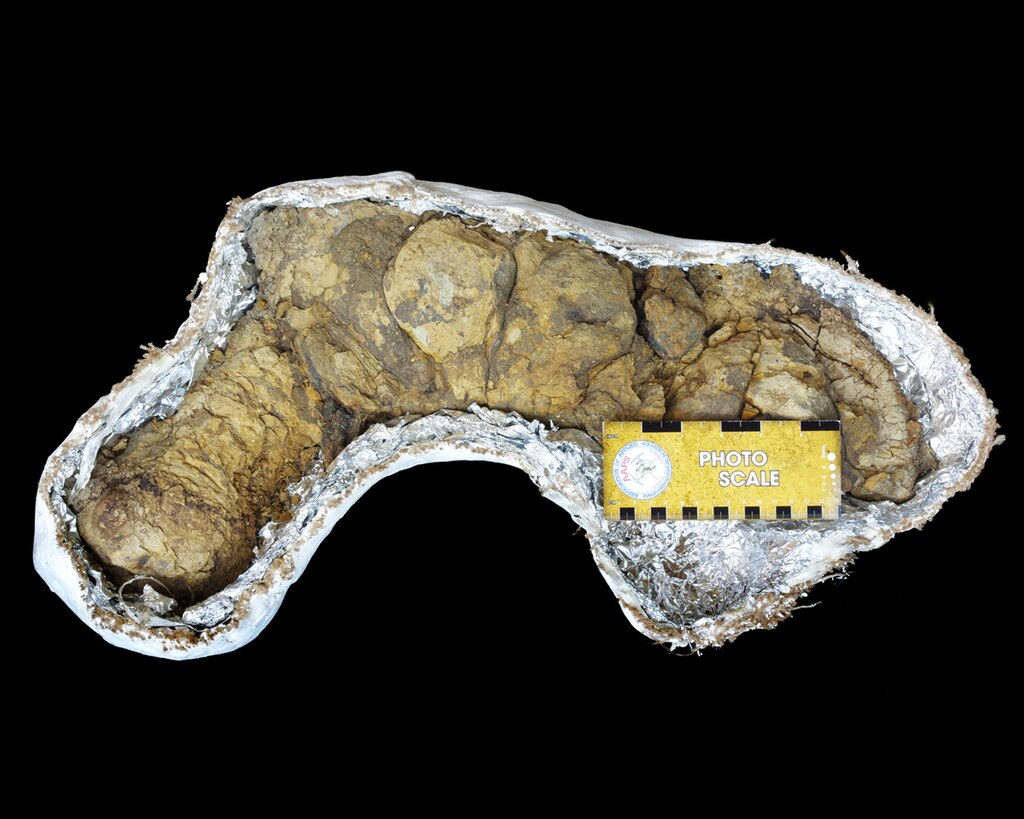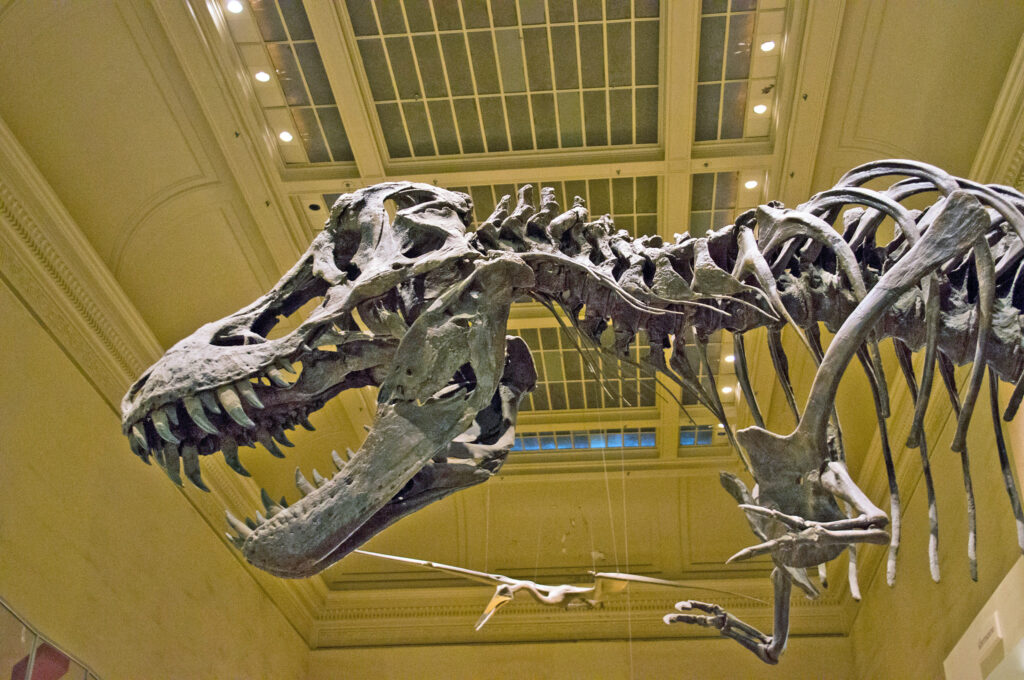The intersection of paleontology, forensic science, and entomology reveals fascinating possibilities about how ancient invertebrates may have interacted with skeletal remains. When examining fossilized bones from prehistoric creatures or ancient human remains, scientists occasionally discover mysterious tunnels, holes, and markings that raise intriguing questions. Could ancient worms, insects, or other invertebrates have created these patterns by burrowing through bone tissue? This article explores the evidence, science, and implications of bone modification by invertebrates throughout Earth’s history, shedding light on this specialized field of taphonomy – the study of how organisms decay and become fossilized.
The Science of Bone Bioerosion
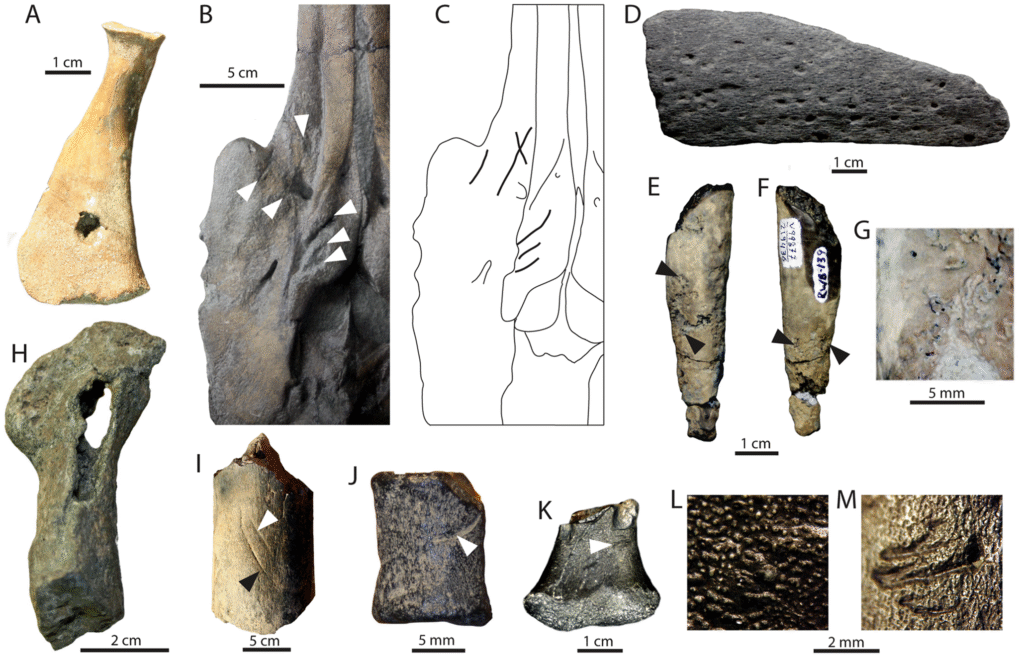
Bone bioerosion refers to the biological breakdown of skeletal material by living organisms. Unlike chemical weathering or physical damage, bioerosion involves direct modification by organisms such as bacteria, fungi, algae, worms, insects, and other invertebrates. These organisms can create distinctive patterns that researchers can identify millions of years later. The process typically begins after death, when decomposition attracts various organisms that feed on soft tissues, and in some cases, eventually target the harder bone material. Scientific examination of these patterns requires specialized microscopy techniques, including scanning electron microscopy and histological analysis, which can reveal minute tunnels and borings that would otherwise remain invisible to the naked eye.
Evidence from the Fossil Record
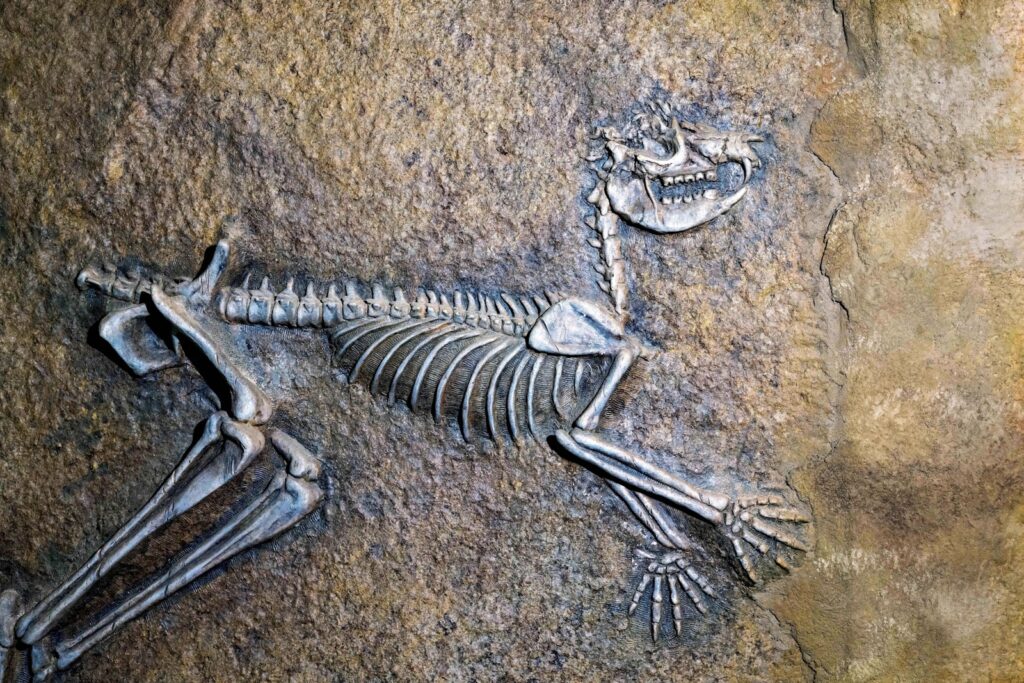
The fossil record provides compelling evidence that invertebrates have indeed burrowed through bone material throughout Earth’s history. Paleontologists have documented numerous examples of trace fossils – the preserved evidence of biological activity – showing tunnels and borings in the bones of dinosaurs, ancient mammals, and prehistoric marine reptiles. One notable example comes from the Late Cretaceous period, where dinosaur bones from the Gobi Desert display intricate networks of tunnels attributed to insect activity. Similarly, Pleistocene mammal bones from various locations worldwide show evidence of invertebrate modification. These trace fossils represent a form of behavioral evidence, demonstrating ecological relationships between vertebrate remains and invertebrate scavengers that existed millions of years ago.
Modern Analogs: Bone-Boring Insects

To understand ancient bone modification, scientists study modern insects known to interact with bone material. Several contemporary beetle species, particularly from the families Dermestidae (hide beetles) and Cleridae (checkered beetles), are known to bore into dry bone under certain conditions. Dermestes maculatus, commonly called the hide beetle, is frequently used in museum collections to clean skeletons because of its ability to consume remaining soft tissues. While these beetles primarily target residual organic components rather than the mineralized portion of bone, their activity can leave distinctive markings and shallow pits in bone surfaces. Entomologists have conducted experimental studies using modern beetles on bone samples to create reference collections of bone modifications, which help identify similar patterns in fossil material.
The Role of Marine Invertebrates
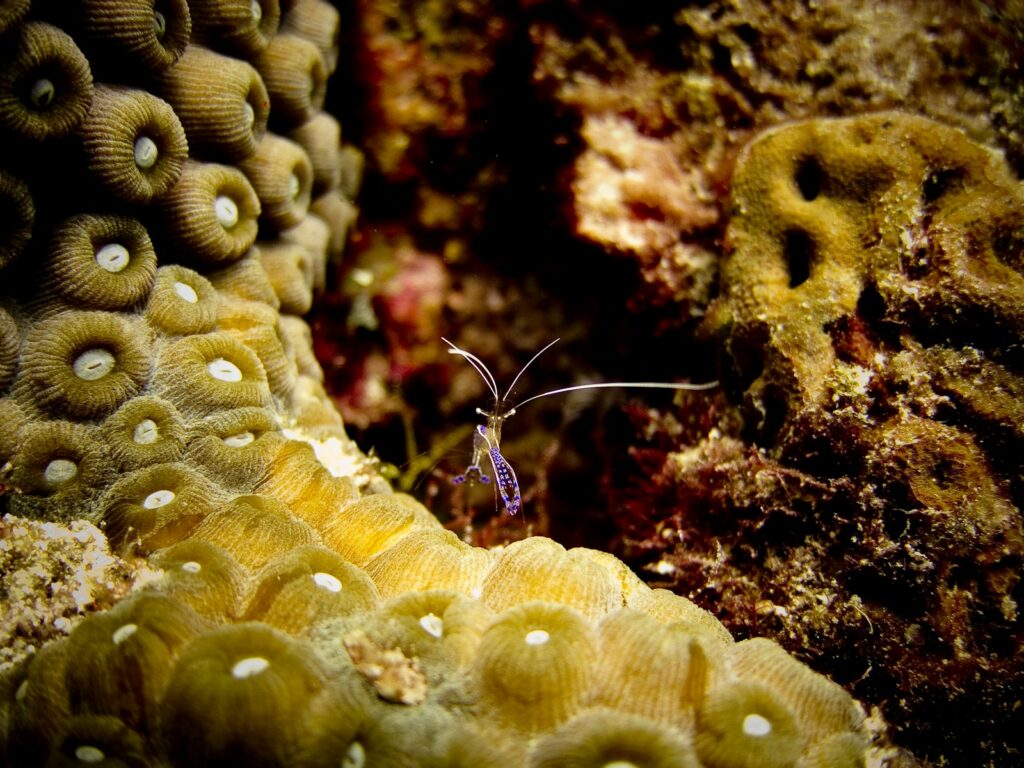
Marine environments host several specialized bone-boring organisms that have likely been modifying skeletal material for millions of years. Modern marine worms from the family Osedacidae, colloquially known as “zombie worms” or bone-eating worms, have evolved remarkable adaptations for consuming whale bones on the ocean floor. These specialized annelids secrete acids that dissolve bone minerals, allowing them to extract nutrients from the bone matrix. Similarly, certain species of marine mollusks can bore into submerged bone material. The fossil record contains numerous examples of marine vertebrate bones displaying borings consistent with these types of invertebrate activity, suggesting these ecological relationships have existed for tens of millions of years. Deep-sea paleontological investigations continue to uncover new evidence of ancient marine bone-boring communities.
Archaeological Evidence from Human Remains
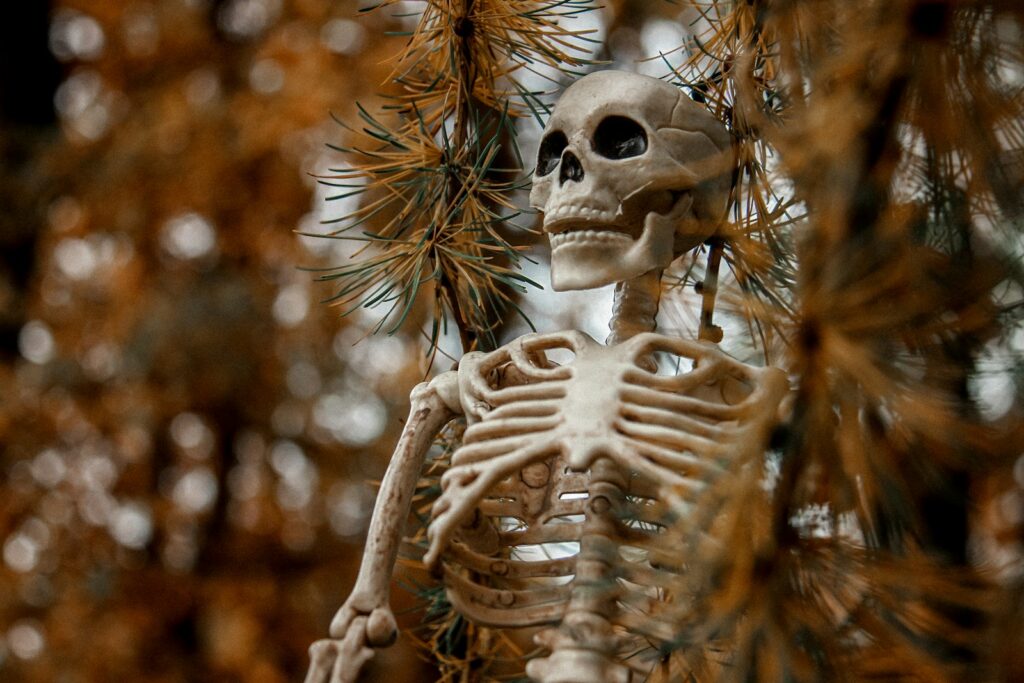
Archaeological excavations of ancient human burial sites have yielded significant evidence of invertebrate activity on skeletal remains. Bioarchaeologists have documented distinctive tunneling patterns in human bones from various historical periods and geographical locations. For instance, remains from ancient Egyptian tombs sometimes display evidence of insect modification, despite the elaborate preservation methods employed. Similarly, bones recovered from historical burial grounds in Europe and the Americas frequently show signs of insect activity, particularly when burial conditions allowed invertebrate access to the remains. These findings provide important contextual information about burial practices, environmental conditions, and taphonomic processes affecting human remains throughout history. In some cases, these modifications have been mistakenly interpreted as evidence of disease or trauma until more careful analysis revealed their invertebrate origins.
Distinguishing Characteristics of Invertebrate Borings

Identifying bone modifications caused by invertebrates requires careful analysis of several distinguishing characteristics. Invertebrate borings typically display regular, patterned tunnels with smooth walls that often branch in characteristic ways. The diameter of these tunnels generally remains consistent and matches the size of the suspected creator organism. Under microscopic examination, researchers can observe specific features like tiny scratch marks from mandibles or evidence of chemical dissolution at tunnel boundaries. Crucially, invertebrate modifications must be distinguished from similar-appearing damage caused by plant roots, fungal activity, or geological processes. Taphonomists use established criteria and comparative collections to make these distinctions, looking for tell-tale signs such as entrance holes, branching patterns, and tunnel morphology that correspond to known invertebrate behaviors.
The Timeframe of Bone Colonization

Understanding when invertebrates colonize and modify bone material provides crucial context for interpreting fossil evidence. Research indicates that bone colonization by invertebrates follows a relatively predictable sequence depending on environmental conditions. In terrestrial environments, fresh bones typically remain unattractive to most bone-boring invertebrates until significant decomposition has occurred, often requiring months or years of weathering. However, in marine settings, specialized bone-boring organisms may begin colonization within weeks of a carcass reaching the seafloor. The fossilized evidence of these activities helps paleontologists reconstruct not only which organisms were present but also how long remains were exposed before final burial and fossilization. This temporal information contributes significantly to understanding ancient ecosystems and depositional environments.
Nutritional Motivations for Bone Boring
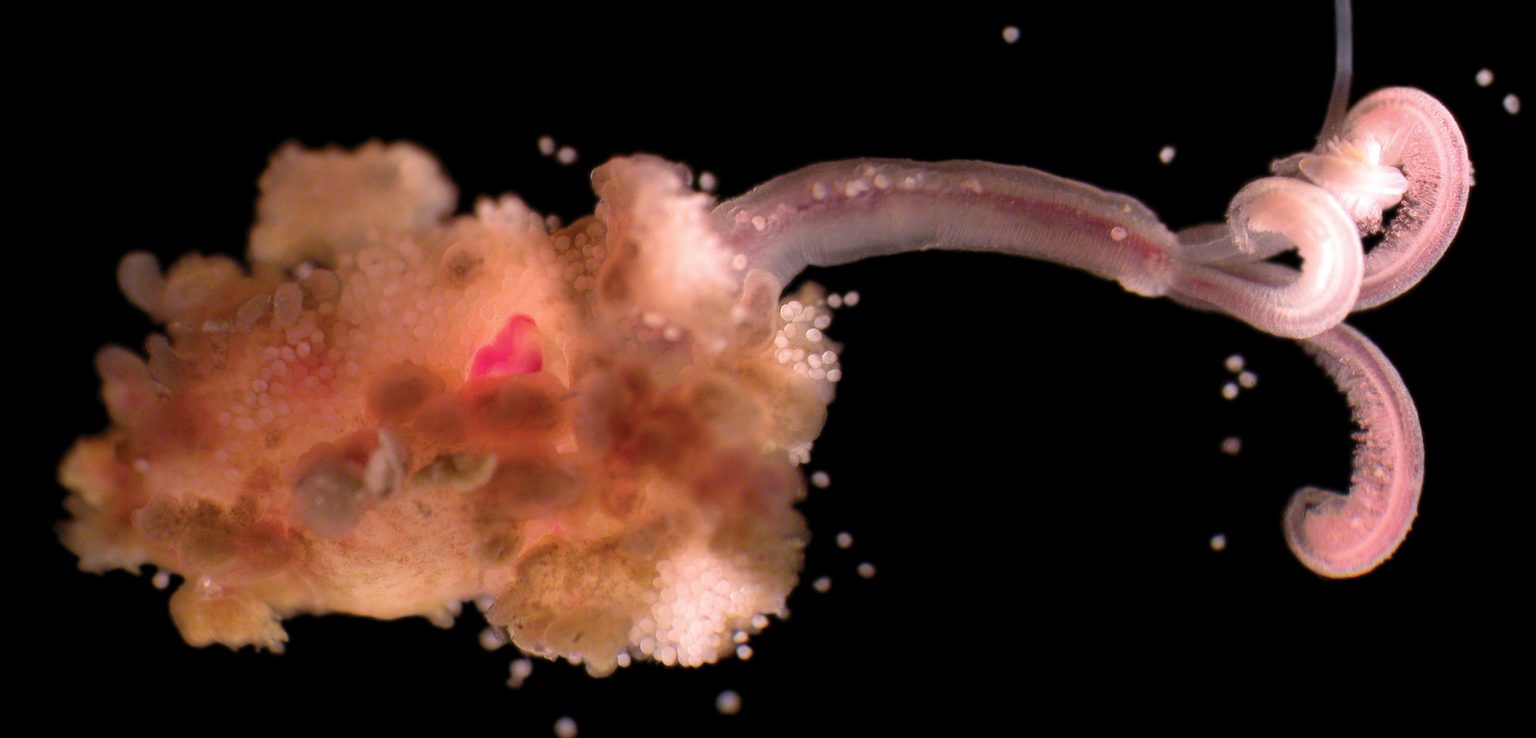
What nutritional rewards drive invertebrates to target bone material? Contrary to common assumption, most bone-boring invertebrates aren’t consuming the mineral component of bone itself. Instead, they typically exploit various organic components that persist within bone structure. Fresh bone contains approximately 30% organic material, primarily collagen, which provides protein. Even weathered bone retains lipids and other nutrients within its porous structure. Some specialized invertebrates have evolved symbiotic relationships with bacteria that can break down collagen or extract minerals, allowing them to access nutrients that would otherwise be unavailable. Marine bone-eating specialists like Osedax worms host symbiotic bacteria that help them digest bone lipids, demonstrating the complex evolutionary adaptations that have developed around this ecological niche.
Evolutionary History of Bone-Boring Behaviors

The evolutionary timeline of bone-boring behaviors presents fascinating questions about when these specialized adaptations first appeared. The earliest convincing evidence of invertebrate bone modification dates to the Devonian period, approximately 400 million years ago, with marine invertebrates boring into the remains of early fish. However, the behavior likely evolved independently multiple times throughout evolutionary history as different invertebrate groups developed the necessary adaptations. The radiation of large terrestrial vertebrates during the Mesozoic Era (252-66 million years ago) likely created new opportunities for terrestrial invertebrates to specialize in bone modification. Researchers believe that many modern bone-boring insects evolved their behaviors relatively recently, perhaps during the Cenozoic Era (66 million years ago to present), though the incomplete fossil record makes precise dating challenging.
Forensic Applications of Bone Entomology

The study of how insects interact with bone has significant applications in modern forensic science. Forensic entomologists analyze insect activity on human remains to establish time since death, seasonal timing, and environmental conditions related to death investigations. Certain insects interact with remains in predictable sequences, creating a biological clock that forensic scientists can interpret. The presence of bone-boring beetle activity, for instance, typically indicates remains have been exposed for an extended period, often months or years. By understanding these patterns, forensic scientists can help determine whether bones have been moved from their original location or exposed to unusual conditions. This field continues to develop reference collections and experimental data to refine our understanding of how modern insects modify bone in various environments and timeframes.
Technological Advances in Identifying Ancient Borings
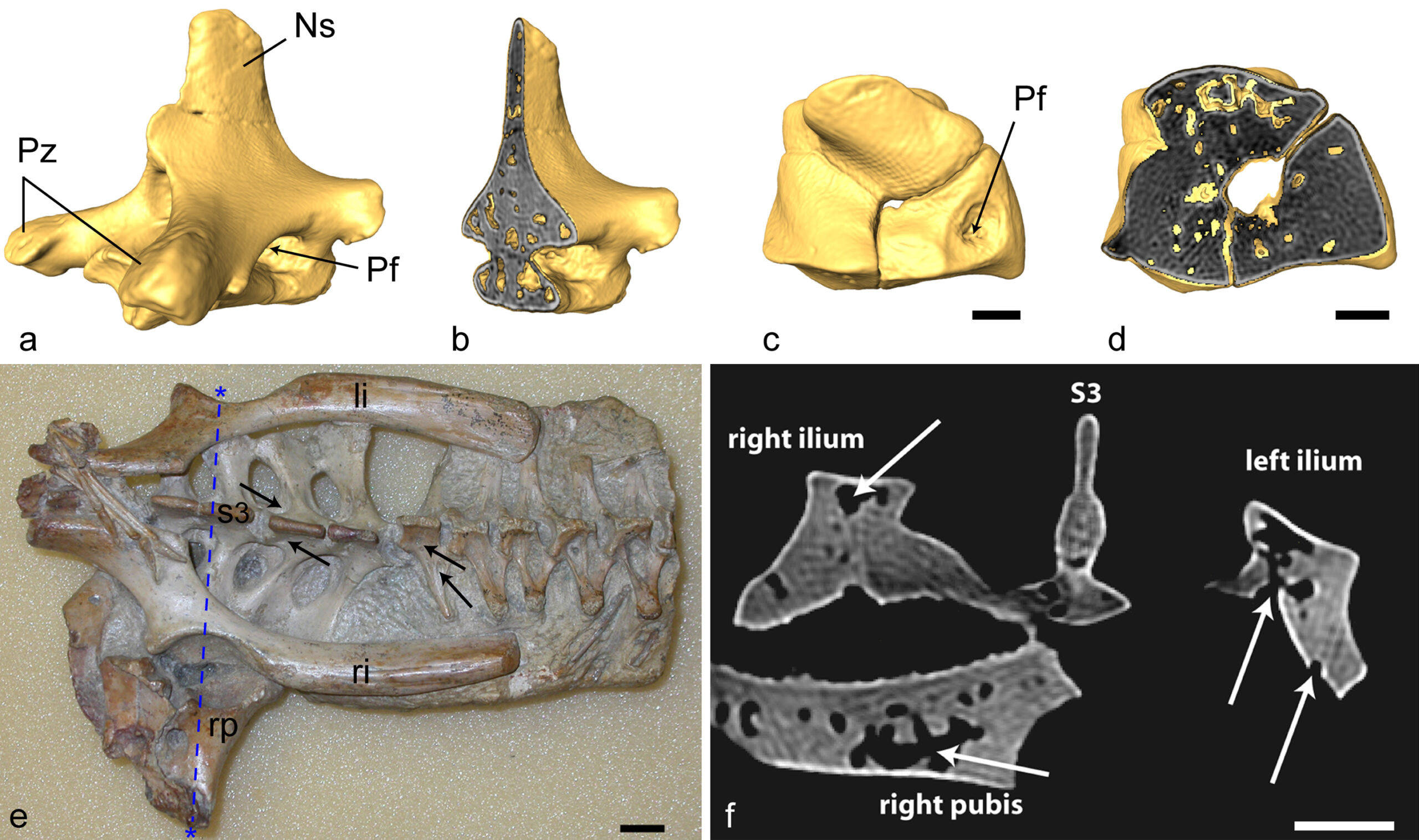
Modern technological innovations have revolutionized the study of ancient bone modifications. Micro-computed tomography (micro-CT) scanning allows researchers to create detailed three-dimensional visualizations of boring networks within bones without destructive sampling. This technology reveals internal structures previously impossible to study without cutting through valuable specimens. Similarly, advances in scanning electron microscopy provide unprecedented detail of boring surfaces, allowing identification of minute tool marks left by invertebrate mouthparts. Chemical analysis techniques like energy-dispersive X-ray spectroscopy can detect elemental changes in bone associated with invertebrate activity. These technologies, combined with machine learning algorithms that help identify patterns, are enabling researchers to analyze larger datasets and recognize subtle features that might otherwise go unnoticed, significantly advancing our understanding of ancient bone-invertebrate interactions.
Misconceptions and Alternative Explanations
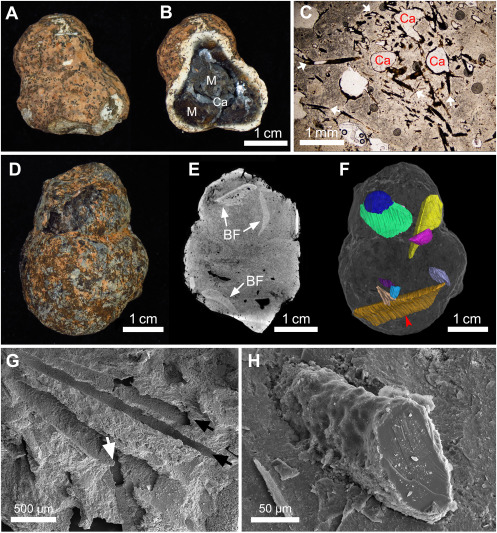
Despite compelling evidence for invertebrate bone modification, scientific caution requires considering alternative explanations for apparent borings in ancient bones. Some features initially attributed to invertebrate activity have later been reinterpreted as the result of bacterial or fungal action, particularly when examining microscopic tunneling. Other misidentifications have occurred when normal anatomical features like blood vessel channels were mistaken for invertebrate borings. Additionally, physical processes during fossilization, including mineral crystallization and sediment infilling, can create pseudo-borings that resemble biological activity. Geological processes during fossilization can also introduce cracks and voids that might be misinterpreted. Responsible scientific investigation requires eliminating these alternative explanations through careful morphological analysis, comparison with known samples, and consideration of the full taphonomic context before confirming invertebrate origin for bone modifications.
Ecological Significance in Ancient Ecosystems

Bone-boring invertebrates played crucial ecological roles in ancient ecosystems by accelerating the recycling of nutrients locked in skeletal remains. In terrestrial environments, these organisms helped break down bones that might otherwise persist for decades, returning calcium and phosphorus to the soil. In marine ecosystems, specialized bone-consuming invertebrates ensured that nutrients from whale falls and other large carcasses were distributed throughout nutrient-poor deep ocean environments. This process created temporary oases of life in otherwise barren seafloor regions. By studying these ancient ecological relationships, scientists gain insights into nutrient cycling, energy flow, and ecosystem functioning throughout Earth’s history. The presence or absence of bone-boring trace fossils in particular geological formations can provide important clues about environmental conditions and ecological community structures in ancient environments.
Conclusion

The evidence strongly suggests that various invertebrates have indeed burrowed through bone material throughout Earth’s long history. From marine worms dissolving whale bones on ancient seafloors to terrestrial insects creating intricate tunnel networks in dinosaur remains, these activities have left distinctive signatures that paleontologists can identify millions of years later. The study of these bone modifications bridges multiple scientific disciplines, including paleontology, archaeology, forensic science, and entomology, offering unique insights into ancient ecological relationships and taphonomic processes. As technology advances, researchers continue to refine their understanding of these fascinating interactions between invertebrates and vertebrate remains, revealing new chapters in the evolutionary story of life on Earth. This specialized field reminds us that even in death, organisms continue to participate in the complex web of ecological relationships that characterize our planet’s biological systems.


